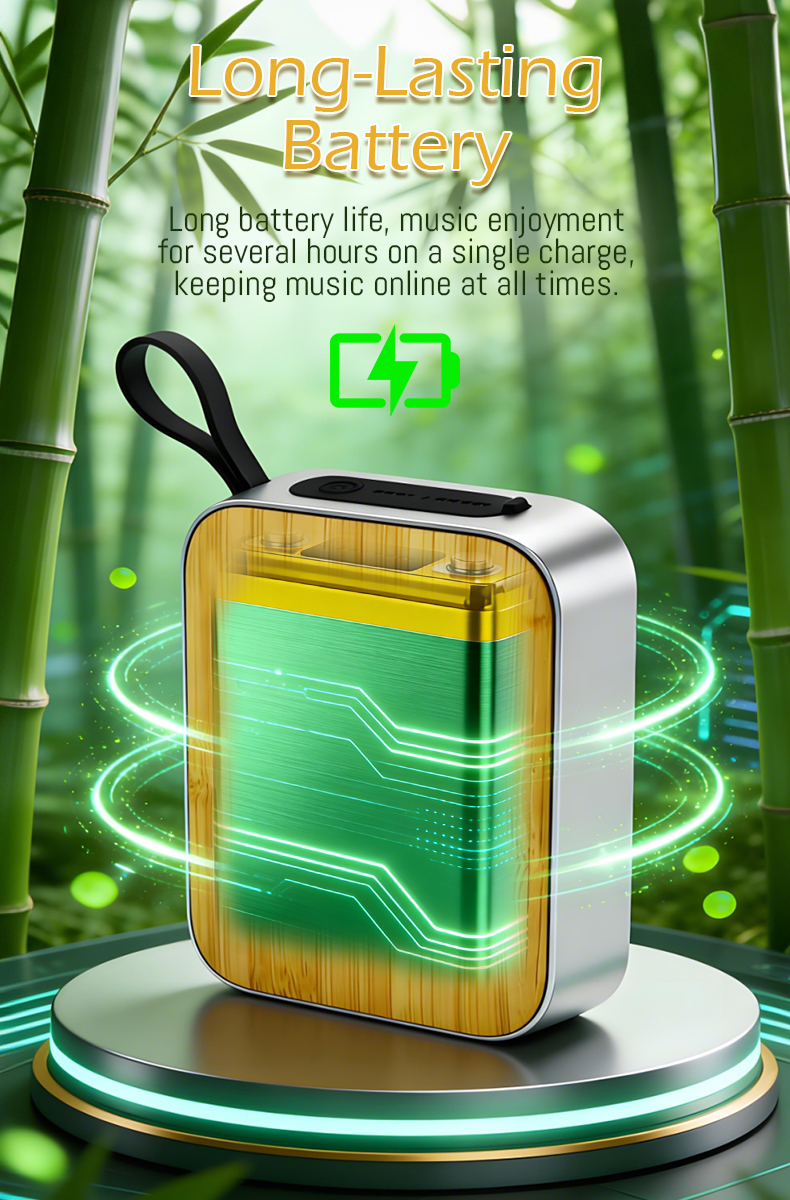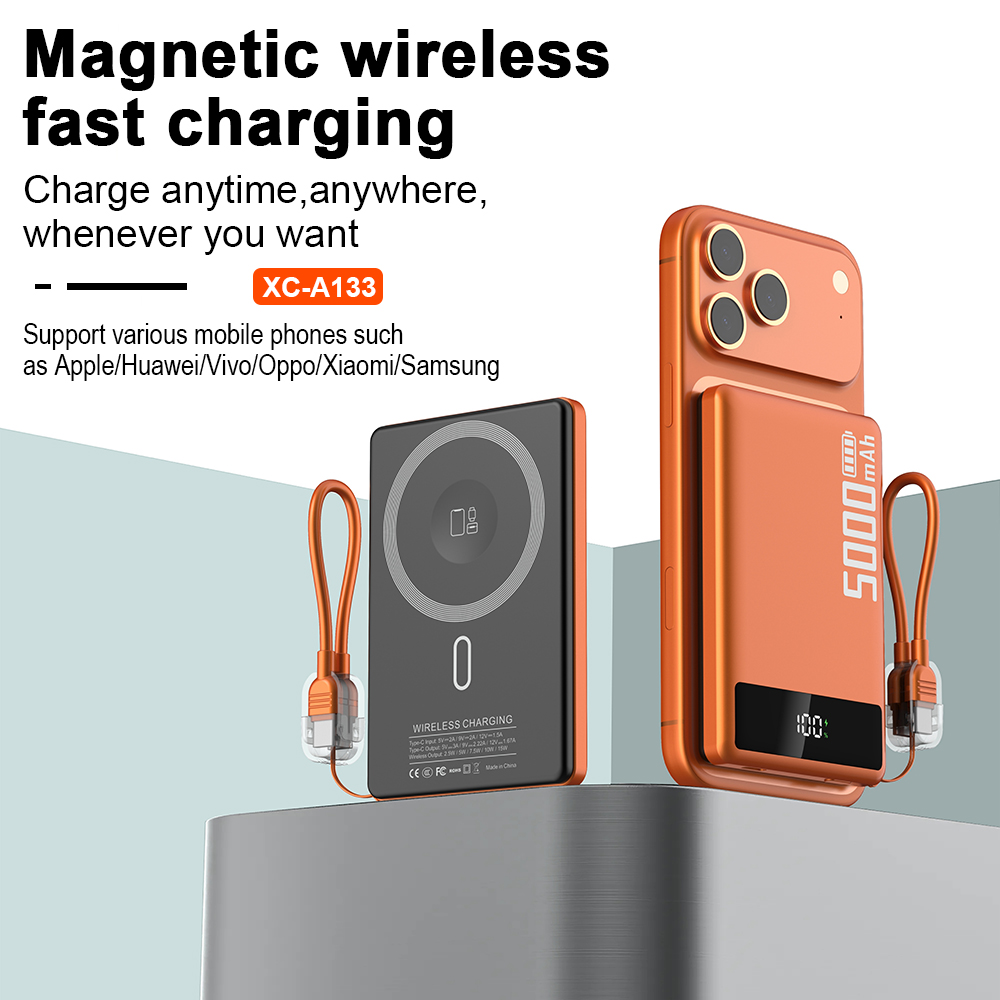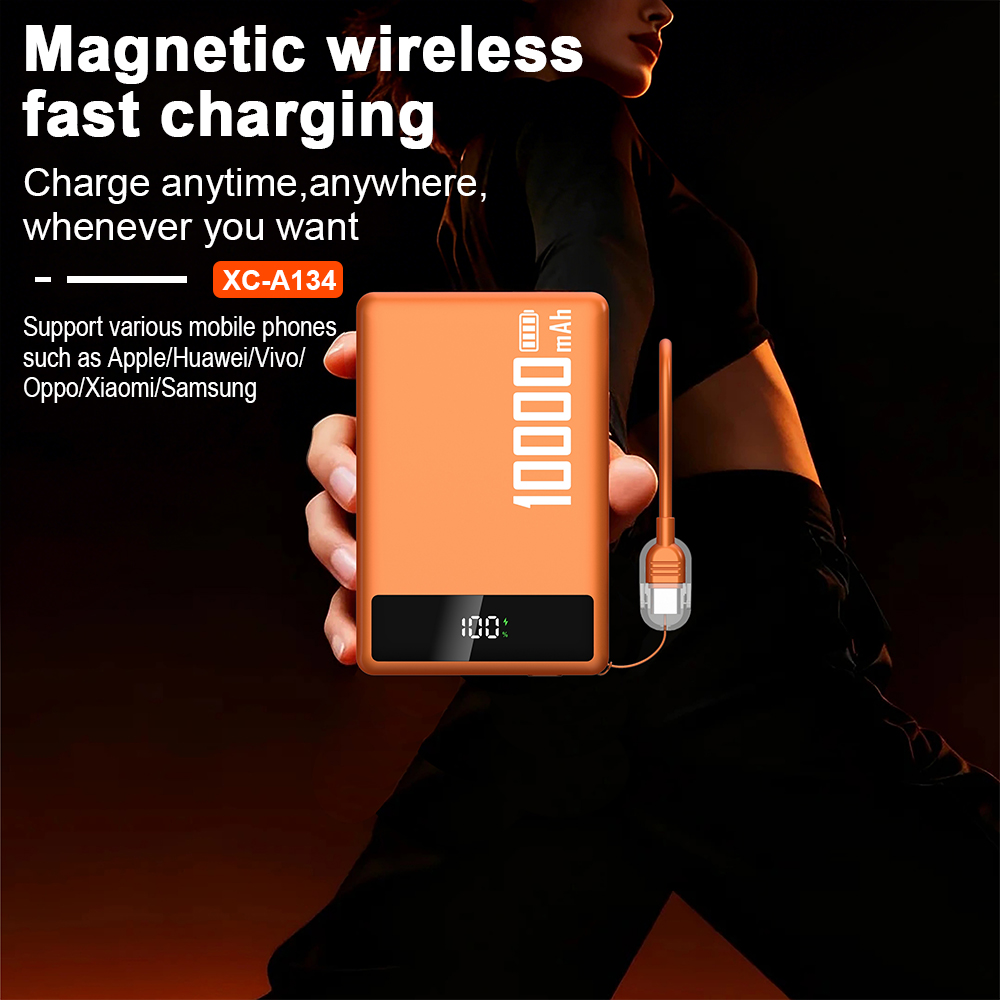How to use solar charger
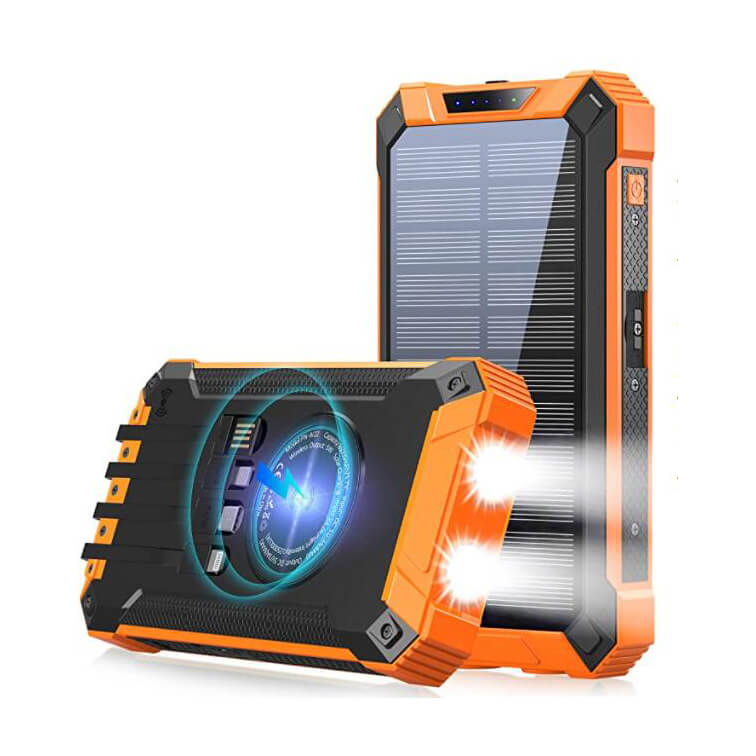
Harnessing the Power of the Sun: A Comprehensive Tutorial
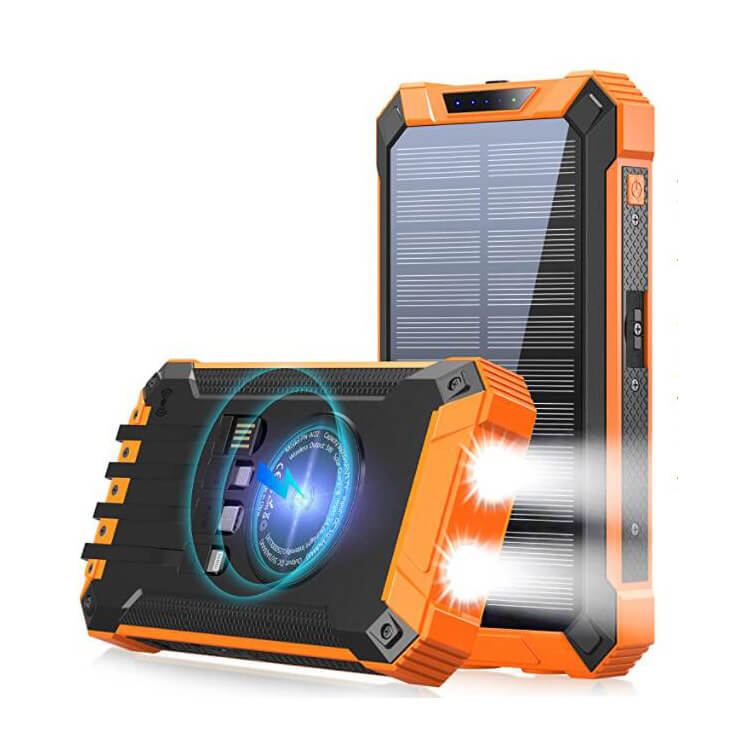
Solar chargers have become increasingly popular as a sustainable and eco-friendly way to charge electronic devices. Whether you're an outdoor enthusiast, a traveler, or simply want to reduce your carbon footprint, learning how to use a solar charger can be both rewarding and practical. In this tutorial, we will discuss the step-by-step process of using a solar charger effectively.
1. Understanding the Components of a Solar Charger
Before diving into the usage instructions, it's crucial to familiarize yourself with the key components of a solar charger. Most solar chargers consist of:
- Solar Panels: These panels are responsible for converting solar energy into electrical energy. They are made up of photovoltaic cells that capture sunlight and generate electricity.
- Charge Controller: A charge controller ensures that the battery doesn't overcharge or discharge, optimizing its lifespan and efficiency.
- Battery: The battery stores the converted solar energy and provides a steady power source for your devices.
- USB Ports: These ports enable you to connect your devices to the solar charger for charging.
2. Positioning the Solar Charger
To maximize the charging efficiency, it's important to position your solar charger correctly. Follow these guidelines:
- Find an area with direct sunlight: Place the solar charger in a location where it can receive uninterrupted sunlight for most of the day.
- Angle the solar panels: Tilt the panels towards the sun at an optimal angle to capture the maximum amount of sunlight.
- Keep it stable: Ensure that the charger is securely placed on a flat surface or use a mounting device to prevent accidental falls or damage.
3. Charging Your Devices
Now that you have positioned the solar charger, it's time to charge your devices. Follow these steps:
- Connect your device: Use the appropriate charging cable to connect your device to the solar charger's USB port.
- Power on the charger: Some solar chargers have a power button, so make sure it's switched on.
- Monitor the charging progress: Check the LED indicators on the charger to determine if your device is charging. Some chargers also have built-in display screens that show the battery level and charging status.
- Be patient: Solar charging may take longer than traditional charging methods, especially if the sunlight is intermittent or weak. Leave your device connected until it reaches the desired charge level.
Remember, the charging speed and efficiency may vary depending on factors such as sunlight intensity, the size of the solar panels, and the battery capacity of the charger.
In Conclusion
With this step-by-step guide, you are now equipped with the knowledge to effectively utilize a solar charger. By harnessing solar energy, you can charge your devices while minimizing your ecological impact. So, embrace the power of the sun and start using a solar charger today!

